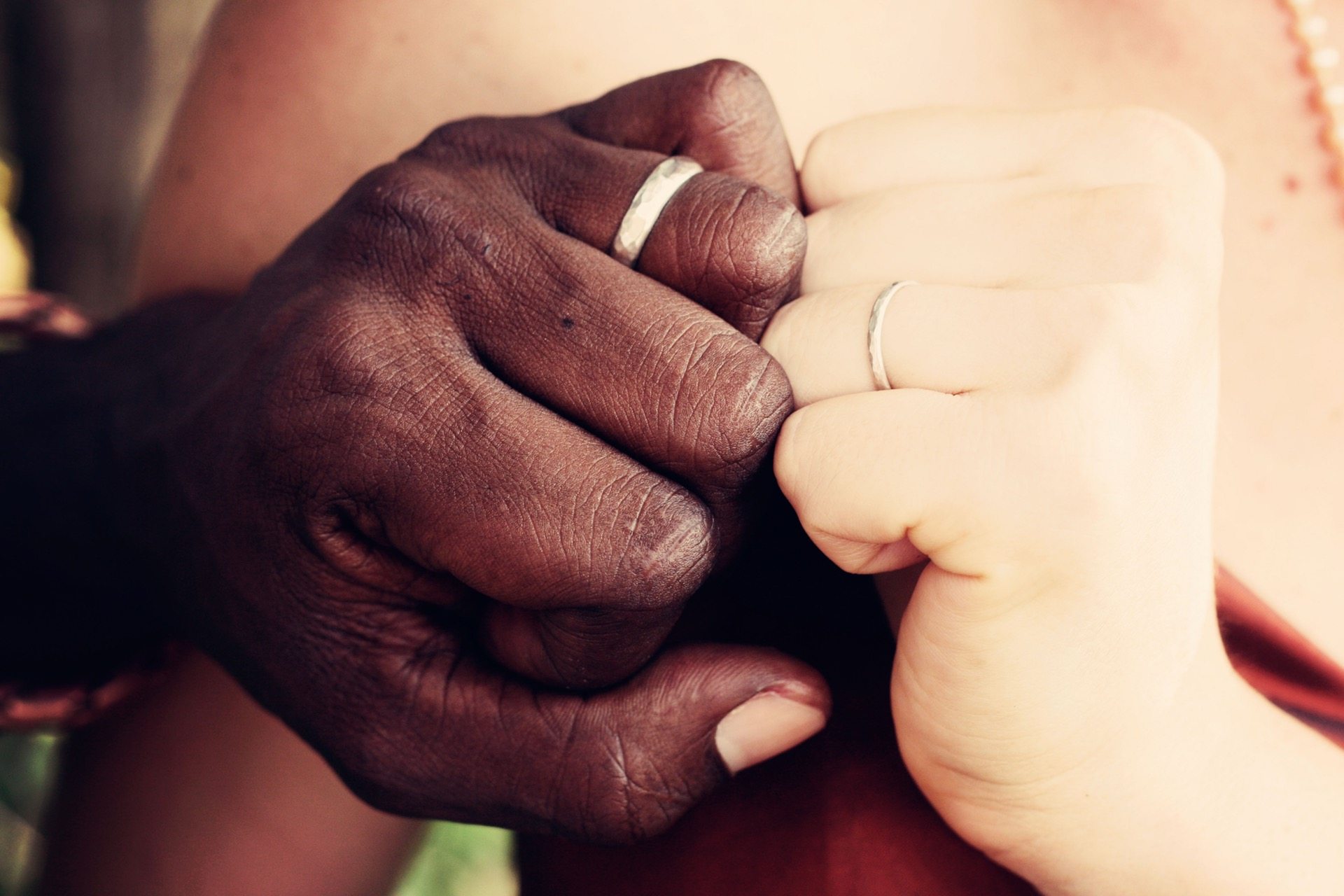
Monogamy: Is it Natural for Humans?
Even though Western society insists that monogamy is necessary for healthy relationships, there are a lot of people who think that monogamy does not work. They claim that humans are genetically wired to not actually be with just one person and one person only, but with as many people as possible, and that it’s just human nature. There are several examples of successful relationships where the people have intimate relations with people other than their primary partner, with their partner’s knowledge and consent, and with the agreement being applicable to both partners. Even in our modern society, those kinds of relationships are seen as unconventional, but are successful and fulfilling to the people in those relationships. However, many other people believe that a relationship can only work if it is monogamous.
What is monogamy?
Monogamy can have a few different meanings. The definition of social monogamy refers to two people living together, having only sexual relations with each other, and cooperating in acquiring resources such as shelter, food, and money. Marital monogamy refers to a marriage of only two people to each other. Marital monogamy can be further dissected into two distinctions: either one marriage over a lifetime, or a marriage with only one person at a time. Biologists use monogamy in the sexual sense, as in having sex with only one partner. Genetic monogamy refers to sexually monogamous relationships, and if there is a child, there is definite genetic evidence of paternity of that child. When we use the term every day or when cultural or social scientists use the term monogamy, they are usually referring to social or marital monogamy.
Are humans made to have monogamous relationships?
Only 3 to 5 percent of the roughly 5,000 known species of mammals, which includes humans, are known to form lifelong, monogamous bonds. The animals most known to stick with one partner throughout their lifetimes are beavers, wolves and some bats. Evolutionary psychologists and anthropologists have suggested that human males are more likely to have sex outside of their primary partnership, partially due to the male’s urge to spread his genes by producing offspring with as many women as possible. However, monogamy has evolved in humans in order to raise a child with a solid bond between the parents. Humans are also distinct from many other mammalian species because the males are usually involved and invested in the raising of their children with their partner.
Only 17 percent of human cultures are strictly monogamous, and 80 percent of early human societies were polygamous. Most of the human societies now and throughout history have embraced a mixture of marriages, with some people practicing monogamy and others polygamy in the same society. However, the majority of people in these cultures are in monogamous marriages. Anthropologists state that only 1 in 6 societies enforces monogamy as a rule, and several polygamist societies still uphold those practices today. Some anthropologists adhere to the thought that humans weren’t necessarily meant to be either monogamous or polyamorous, but we have impulses towards both. The one thing that dictates our ultimate decisions is the culture we live in, and our biology and genetics do not determine our sexual behavior as much as we think.
Even though monogamy works in our society, it also opens up couples to cheating and infidelity, neither of which would be issues or affect non-monogamous societies in the same way. About 90 percent of Americans think cheating is morally wrong, but somehow 70 percent have just thought about cheating, and 40 percent have actually cheated. The perceived costs and benefits of cheating determine whether or not the married or otherwise committed individuals stray for sex. Males seem to have less to lose by engaging in extramarital sex, and therefore it is easier for them to cheat. Females have the threat of losing their male partner’s resources, and so they are less likely to cheat, in order to ensure the wellbeing of their child.
Monogamy versus Polygamy
Polygamy is a marriage with more than one spouse and is actually widely accepted among different societies worldwide. Polygamy can be further divided into two categories: polygyny is when a man has more than one wife, and polyandry is when a woman has more than one husband. There can also be group marriages, which is when the family consists of multiple husbands and multiple wives, and all of the couples share parental responsibility for any children arising from the marriage. Most polygamous marriages are polygynous. Polyandry is much less popular and is illegal in every state in the world. It occurs only in remote communities with sparse resources since it is believed to limit human population growth and enhance child survival.

Serial monogamy
Serial monogamy is when someone remarries after the death of their spouse from a monogamous marriage, or after a divorce. It basically means having a series of monogamous relationships, or multiple marriages but only one legal spouse at a time. Some anthropologists actually call serial monogamy, especially when the relationships end in divorce, a form of polygamy. This is because a series of households are established by a person that continue to be connected by shared paternity and shared income. Effectively, some men are able to utilize more than one woman’s reproductive lifespan through repeated marriages. One theory about serial monogamy is called the Male Compromise Theory. This is when the pattern of divorce and remarriage satisfies the more evolutionary elite men and equalizes reproductive success.
Another pattern of serial monogamy that is common among people in Western cultures is the pattern of sequential sexual relationships, regardless of their marital status. Couples remain monogamous until the relationship has ended and then each goes on to form a new monogamous relationship with a different partner.
Being monogamous or non-monogamous is not about being better or worse than other couples. It’s about what is best for you as an individual and as a couple. The answer to whether humans are supposed to be monogamous can be somewhere in the middle of monogamy and polygamy. Regardless of laws or societal standards, what actually matters in a relationship is that there is honest, open, consistent communication of what both people expect.
References:
Balon, R. (2016). Is Infidelity Biologically Determined?. Current Sexual Health Reports, 8(3), 176-180.
Bryner, J. (2012). Are humans meant to be monogamous? LiveScience. Retrieved from http://www.livescience.com/32146-are-humans-meant-to-be-monogamous.html
de Waal, F. B., & Gavrilets, S. (2013). Monogamy with a purpose. Proceedings of the National Academy of Sciences, 110(38), 15167-15168.
Fisher, Helen (2000). The First Sex. Ballantine Books. pp. 271–72, 276.
Low BS. (2003) Ecological and social complexities in human monogamy. Monogamy: Mating Strategies and Partnerships in Birds, Humans and Other Mammals:161–176.
Lukas, D., & Clutton-Brock, T. H. (2013). The evolution of social monogamy in mammals. Science, 341(6145), 526-530.
Reichard, Ulrich H. (2003). “Monogamy: past and present”. In Reichard, Ulrich H.; Boesch, Christophe. Monogamy: Mating Strategies and Partnerships in Birds, Humans and Other Mammals. Cambridge University Press. pp. 3–25.
Simpson, Bob (1998). Changing Families: An Ethnographic Approach to Divorce and Separation. Oxford: Berg.
Zeitzen, Miriam Koktvedgaard (2008). Polygamy: A Cross-Cultural Analysis. Oxford: Berg.












